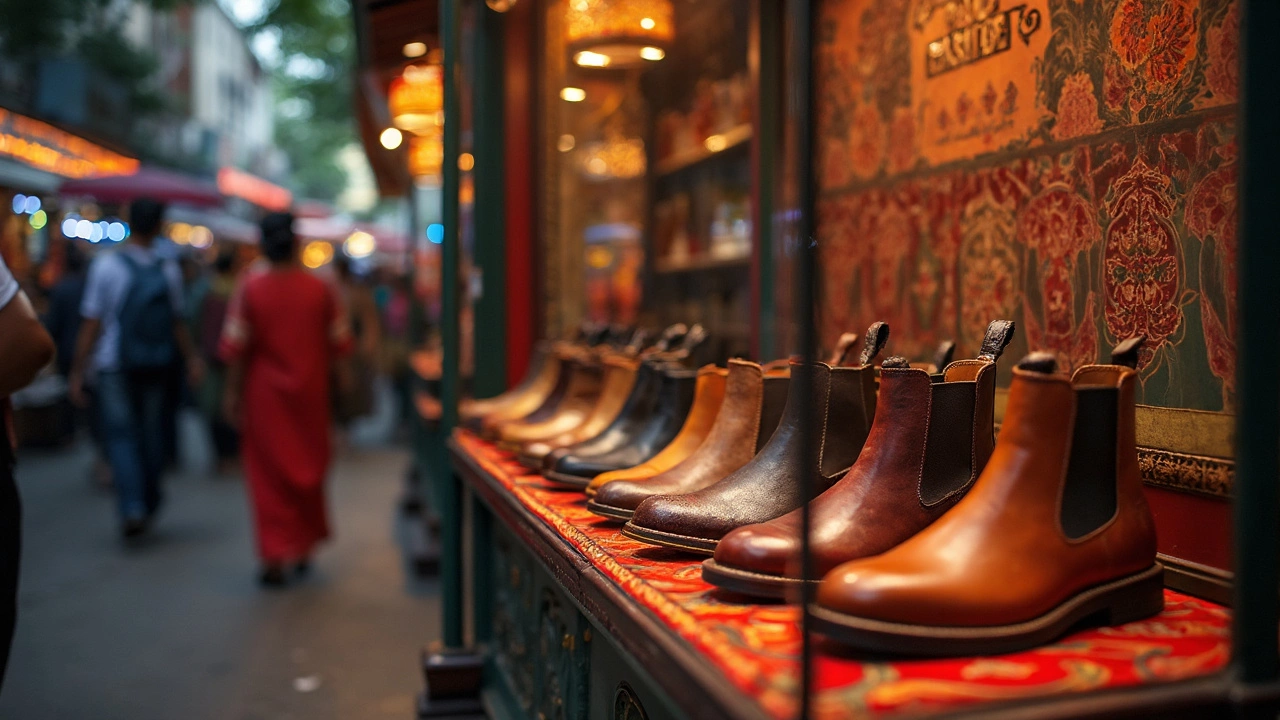Shoe Comfort: Simple Ways to Keep Your Feet Happy All Day
If you’ve ever walked a long distance in shoes that felt like a sandpaper trap, you know how quickly comfort turns into pain. Comfort isn’t a luxury – it’s the foundation of a good day, whether you’re at work, on a walk, or just chilling at home. In this guide we’ll break down why comfort matters, what features really help, and how to decide on the best pair for you.
Why Comfort Matters More Than Style
Style catches the eye, but comfort keeps you moving. Tight toe boxes, flat soles, and cheap materials can cause blisters, arch pain, and fatigue. Over time, these issues can lead to bigger problems like plantar fasciitis or joint strain. A comfortable shoe supports the natural shape of your foot, reduces impact, and lets you stay on your feet without feeling worn out.
Tips for Finding Shoes That Feel Right
1. Check the cushioning. Look for midsoles made from EVA foam, memory foam, or air‑filled units. These materials absorb shock and give a softer feel under each step.
2. Test the arch support. If you have a low or high arch, you’ll need a shoe that matches. A good arch cradle prevents the foot from flattening too much, which reduces strain on the heel and ball of the foot.
3. Mind the toe box. Your toes should wiggle a little. A narrow toe box squeezes the forefoot, leading to bunions or cramped toes. Rounded or slightly wide fronts are a safer bet for most people.
4. Look at the outsole. Rubber with a patterned tread gives grip and durability. Flexible outsoles let the foot bend naturally while still protecting against rough ground.
5. Try them on later in the day. Feet swell a bit after you’ve been moving around. Trying shoes in the afternoon gives a more realistic fit.
6. Walk around the store. Take a quick lap of the aisle or use the store’s treadmill if they have one. Notice any hot spots, rubbing, or loss of balance.
When you shop online, read reviews that mention comfort, not just design. Look for comments about long‑day wear and how the shoe performed on different surfaces.
Finally, don’t forget to break in new shoes gradually. Wear them for short periods at first, then increase the time. This lets the material mold to your foot without overwhelming it.
By focusing on cushioning, support, and fit, you can pick shoes that look good and feel great. Your feet will thank you with less pain and more energy for everything you do.

